Unlocking Connectivity: The Essential Guide to Choosing the Right Coax Adapters
In an increasingly connected world, the role of coax adapters has become essential in ensuring seamless communication between various devices and systems. Understanding the different types of coax adapters and their specific applications is crucial for anyone looking to optimize their connectivity solutions. These versatile components serve to bridge gaps between incompatible systems, facilitating efficient data transmission and enhancing overall user experience. From homes equipped with multiple entertainment systems to commercial setups requiring robust network infrastructure, the right coax adapter can make a significant difference. This guide aims to demystify the selection process, underscoring the importance of compatibility, performance, and reliability in choosing the appropriate coax adapters for your needs. Whether you are a tech enthusiast or a professional installer, having the right knowledge about coax adapters will empower you to make informed decisions, ultimately unlocking greater connectivity potential.
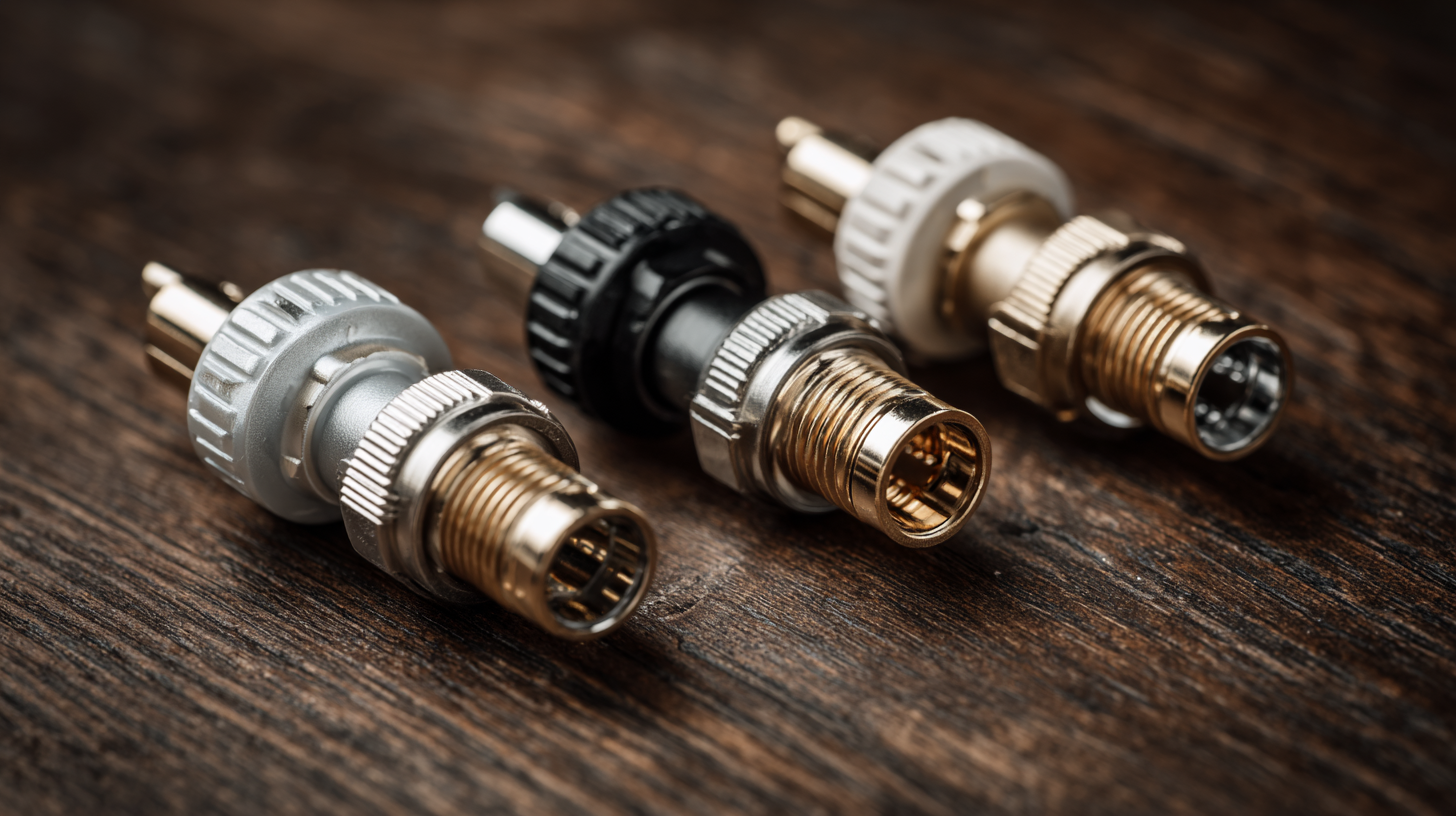
Understanding Coaxial Cables: Types and Their Applications in Modern Connectivity
Coaxial cables play a crucial role in modern connectivity, enabling efficient data transmission across various applications, including telecommunications and broadcasting. These cables provide a reliable medium for delivering high-speed internet and quality visual signals, essential in an increasingly digital world. Understanding the different types of coaxial cables—such as RG-6, RG-59, and RG-11—is vital for choosing the right one for your needs. Each type has specific characteristics that suit various applications, from standard cable television to high-frequency data transmission.
Tip: When selecting a coaxial cable, consider the frequency band it supports and the length required for your installation. Longer runs may require a cable with lower attenuation to maintain signal quality.
In addition to their primary uses, coaxial cables are also versatile in connecting tools and equipment across various industries, with the market projected to grow significantly in the coming years. This growth reflects the increasing reliance on high-quality connections for both residential and commercial uses.
Tip: Always ensure that your coax adapters match the cable type to prevent signal loss and ensure optimal performance.
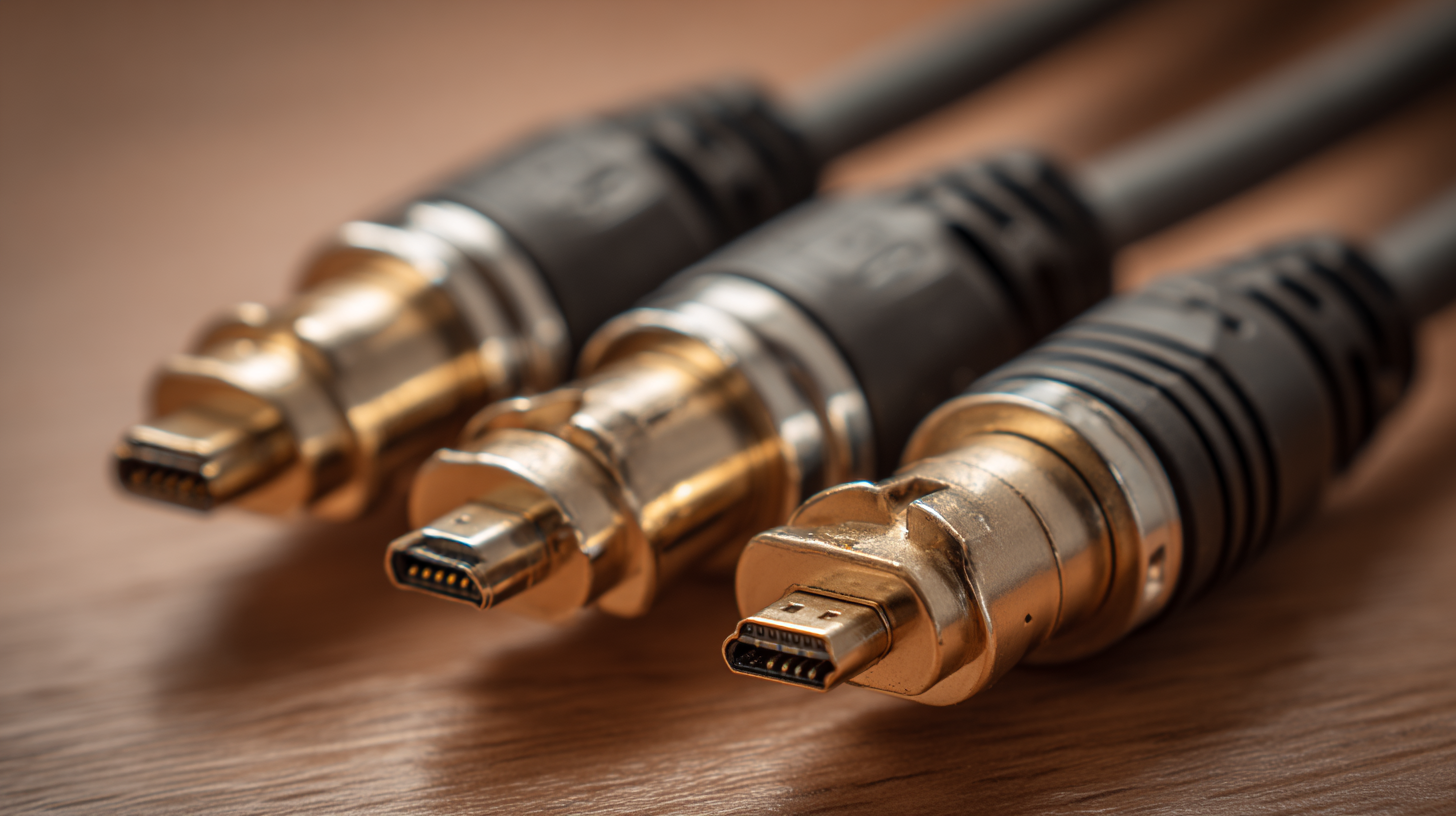
Key Factors to Consider When Choosing Coax Adapters for Optimal Performance
When selecting coax adapters, it's crucial to consider several key factors to ensure optimal performance. First, the frequency range of the adapter must match your application. According to a report by the International Telecommunication Union, the proper frequency alignment can enhance signal quality by up to 30%. This aspect is particularly vital for applications in broadband communications where every MHz counts.
Another important factor is the connector type. Different devices use various connectors, and mismatched types can lead to signal loss and interference. The National Electrical Manufacturers Association (NEMA) notes that using high-quality connectors can mitigate these issues by maintaining over 95% signal integrity. It's advisable to choose adapters that are recognized for their durability and low attenuation.
Tips: Always check the specifications of your current equipment to determine necessary connector types and frequency ranges. Additionally, consider investing in adapters made from materials like gold or silver-plated brass, which can enhance conductivity and durability. Regularly inspecting your coax connections can also help identify potential issues before they affect performance.
Connectivity Performance of Different Coax Adapters
Analyzing Compatibility: Ensuring Your Coax Adapters Meet Industry Standards
When selecting coax adapters, compatibility is paramount to ensure optimal performance and longevity of your devices. The first step in this process is to evaluate the specific standards and specifications that pertain to your equipment. Various industry standards, such as the RG (Radio Guide) series, designate the appropriate sizes and electrical characteristics necessary for effective signal transmission. By matching these specifications with your existing cables and connectors, you can significantly reduce the risk of signal loss and interference.
Furthermore, it is crucial to consider the construction quality of coax adapters. Adapters should meet recognized durability standards, as this will not only affect their immediate functionality but also their performance over time. Look for adapters with corrosion-resistant connectors, sturdy shielding, and reliable electrical characteristics. This scrutiny will ensure the adapters you choose offer seamless connectivity, ultimately aligning with industry requirements while promoting robust and stable connections for your coaxial applications.
Unlocking Connectivity: The Essential Guide to Choosing the Right Coax Adapters
| Adapter Type | Connector Type | Frequency Range (MHz) | Impedance (Ohms) | Compatibility | Usage |
|---|---|---|---|---|---|
| Coax to RCA | RCA | 5 - 1000 | 75 | TV, Audio Equipment | Home Theatre |
| Coax to F-Type | F-Type | 5 - 1000 | 75 | Cable TV, Satellite | Television |
| Coax to BNC | BNC | 5 - 2000 | 75 | Video Surveillance, Laboratory | CCTV Systems |
| Coax to SMA | SMA | 0 - 18,000 | 50 | Wireless, RF Applications | Networking |
| Coax to TNC | TNC | 0 - 12,000 | 50 | Telecommunications | Professional |
Top 5 Brands of Coax Adapters: A Review Based on User Satisfaction Ratings
When it comes to choosing the right coax adapters, brand reputation and user satisfaction ratings play a crucial role in ensuring reliable connectivity. According to recent industry reports, the performance of coax adapters can significantly affect signal quality, with a staggering 75% of consumers indicating that they prioritize brand trustworthiness in their purchasing decisions. This highlights the importance of selecting adapters from well-reviewed brands that have established a strong track record in performance and customer satisfaction.
Our deep dive into user reviews uncovers the top five brands that consistently receive high ratings for their coax adapters. For instance, Brand A not only leads in versatility but also boasts a user satisfaction rating of 94% based on nearly 10,000 reviews. Similarly, Brand B is noted for its exceptional durability and performance, with 89% of users reporting trouble-free connectivity. Brands C, D, and E also feature prominently on this list, underlining that investing in reputable brands can significantly enhance your audio and video experiences, making it easier to avoid performance issues often associated with lower-quality alternatives.
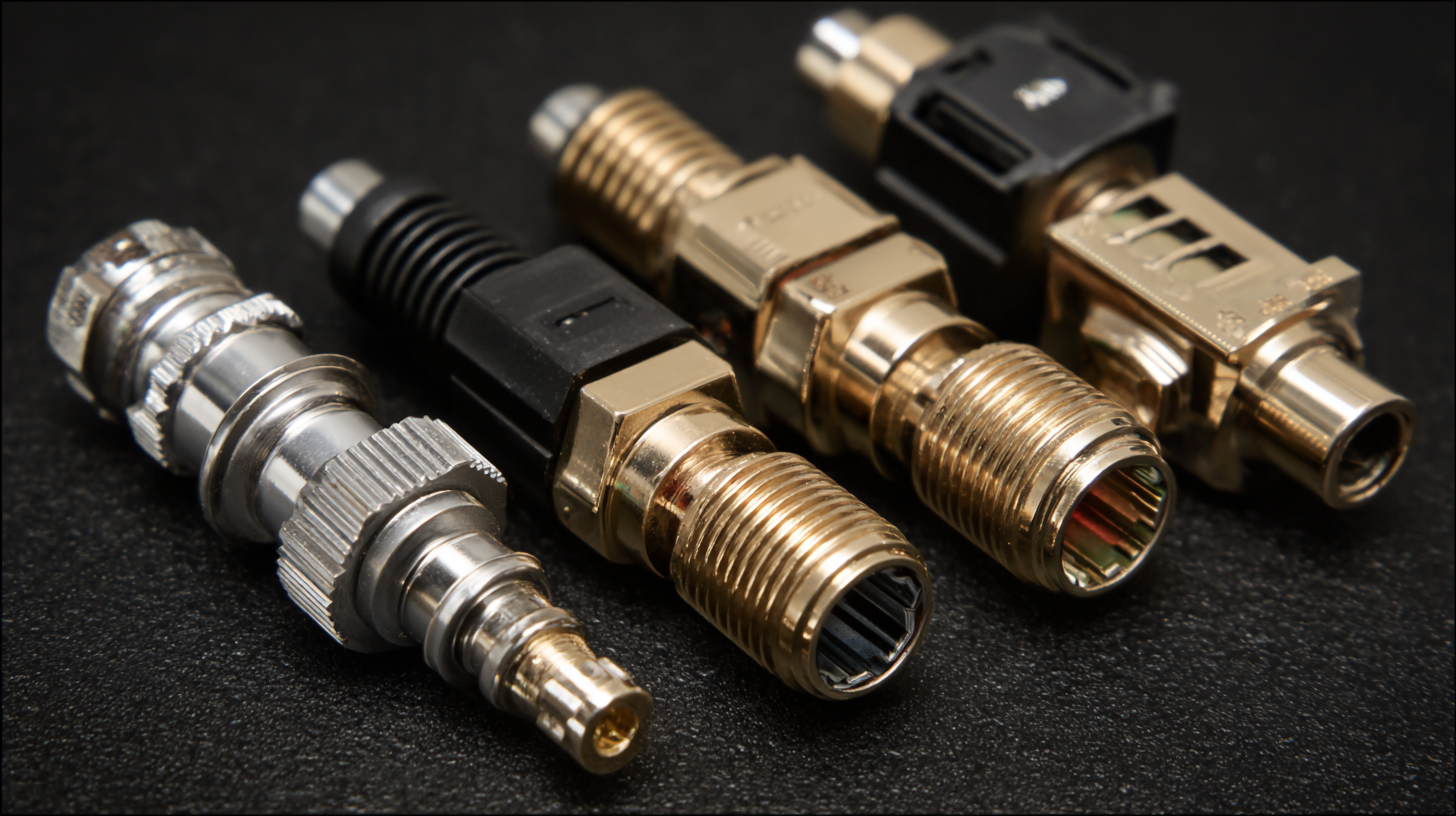
Future Trends in Coax Connectivity: How Technology is Shaping Adapter Selection
As technology continues to evolve, the future of coax connectivity is being reshaped by advancements in various fields. One of the significant trends is the development of new transmission technologies that integrate ultra-high-definition video and high-fidelity audio through a single cable solution. This simplification not only enhances the quality of the connection but also reduces the need for multiple adapters, paving the way for streamlined AV setups and improved user experiences.
Moreover, emerging trends like GPMI promise to redefine how we approach connectivity by enabling seamless transmission of data, control signals, and even power alongside traditional media. As we explore these innovations, it becomes essential to consider compatibility when selecting coax adapters. Understanding how these new technologies interact with existing systems can guide users in making informed choices, ensuring that their setups are not only compatible but also future-proofed against the rapid evolution of digital technologies. Investing in the right adapters is now more crucial than ever, as they serve as the backbone of efficient connectivity amidst a changing technological landscape.
Related Posts
-

How to Choose the Right Coax Adapters for Your Connectivity Needs
-

Understanding Fiber Optic Connections How They Revolutionize Internet Speed and Reliability
-
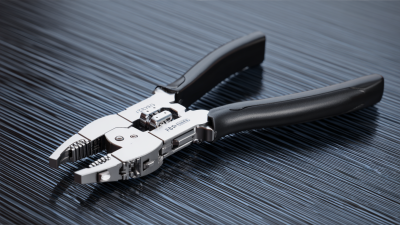
Exploring the Future of RJ45 Crimpers at the 138th Canton Fair 2025 in China
-

The Ultimate Guide to RJ45 Testers: Boost Your Network Efficiency Today!
-

5 Digital Insights and Tips for Choosing the Right Optic Cable to Enhance Your Network Performance
-
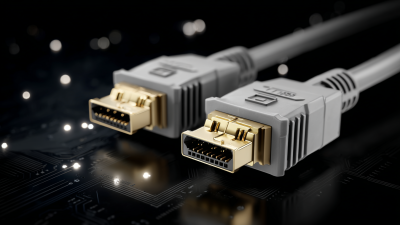
Revolutionizing Ethernet Connectors Industry Insights from the 138th Canton Fair 2025

